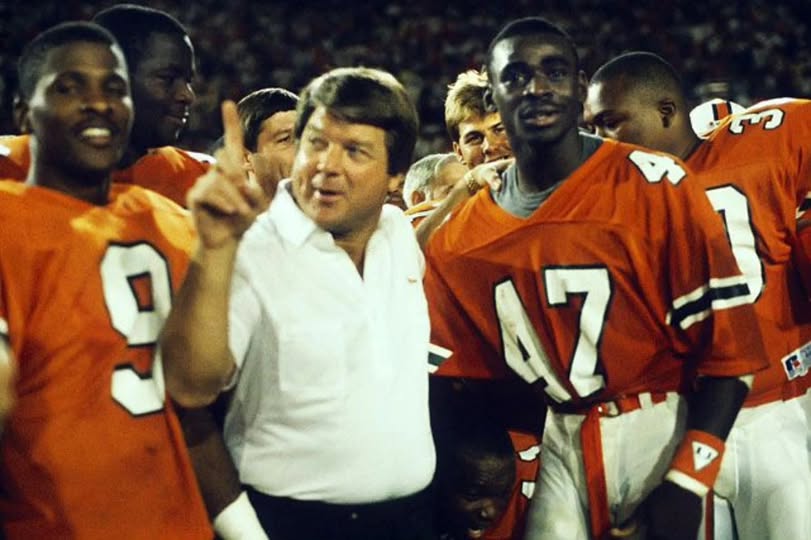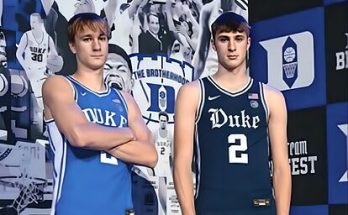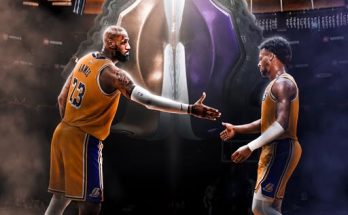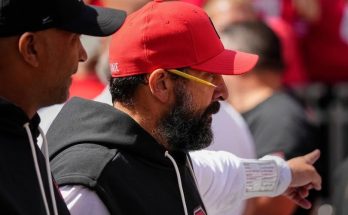Before Jimmy Johnson became synonymous with Super Bowl triumphs and NFL dominance, he first etched his name into football history at a place known simply as “The U.” From 1984 to 1988, Johnson transformed the University of Miami football program into one of the most feared and revered dynasties in the history of college football. What he built during those five seasons was more than a winning team—it was a culture, an attitude, a brand. It was raw, emotional, bold, and defiant. It was Miami swagger, and it all began under his watchful, steely-eyed leadership.
When Johnson arrived in Coral Gables in 1984, the program was still riding the momentum of its first national championship under Howard Schnellenberger in 1983. That Miami team had shocked the world by upsetting top-ranked Nebraska in the Orange Bowl, but Schnellenberger departed for the fledgling USFL shortly thereafter, leaving a gaping leadership hole. Enter Johnson, who had spent five solid seasons at Oklahoma State. Though respected, he was not a splash hire. Miami fans, boosters, and even players were skeptical. He didn’t have Schnellenberger’s local ties or NFL pedigree. But what Johnson lacked in flash, he made up for with relentless competitiveness and a crystal-clear vision for what he wanted Miami football to become.
The early part of Johnson’s tenure was rocky. His first team in 1984 went 8–5, a step down from the championship run a year earlier. The most notable loss came in a now-infamous Fiesta Bowl defeat to UCLA, where Miami was embarrassed 39–37 in a game that symbolized how much work still needed to be done. Critics questioned his defensive schemes. Others felt he couldn’t handle the egos or pressure that came with leading a major program. But Johnson was undeterred. Behind closed doors, he was already laying the foundation for a program that would soon strike fear into every opponent.
Johnson’s philosophy was brutally simple: recruit speed, develop toughness, and foster a competitive, us-against-the-world mentality. He aggressively pursued South Florida’s finest high school talent, often venturing into neighborhoods where other coaches wouldn’t dare go. He brought in athletes who were raw but electric, kids who played with a chip on their shoulder and carried the scars of tough upbringings. Johnson didn’t want choir boys. He wanted dogs. He wanted young men who played every down like it was their last. Miami wasn’t just a team—it was a proving ground, and Johnson made sure every player knew that if they didn’t bring it every single day, someone else would take their spot.
The results began to speak for themselves. In 1985, the Hurricanes went 10–2, including a win over No. 1 Oklahoma in Norman—a shocking result that announced Miami’s arrival on the national stage as more than a one-hit wonder. The team climbed to No. 2 in the rankings before being upset in the Sugar Bowl by Tennessee, but even in defeat, it was clear that the Hurricanes had an edge and energy that was uniquely their own.
By 1986, Miami had become must-watch television. Johnson’s teams played with a level of intensity and flair that bordered on arrogance—but they backed it up. That year, the Hurricanes went undefeated in the regular season, beating ranked opponents left and right, including another win over Oklahoma. But the dream of a national championship came crashing down in the Fiesta Bowl when Penn State, led by Joe Paterno, stunned the Hurricanes 14–10 in a game marred by turnovers and missed opportunities. It was a bitter pill to swallow, especially for a team that many considered the most talented in the country.
That loss only fueled Johnson’s fire. He came back in 1987 with a team determined to finish the job. Led by quarterback Steve Walsh, running back Melvin Bratton, and an imposing defense anchored by All-Americans like Bennie Blades and Daniel Stubbs, the Hurricanes tore through the season with ruthless efficiency. They beat archrival Florida State in a nail-biting 26–25 thriller after Bobby Bowden’s infamous decision to go for two failed. They dismantled teams week after week, and when it came time for the Orange Bowl against top-ranked Oklahoma, Johnson once again proved his coaching brilliance by guiding Miami to a 20–14 win and the program’s second national title.
That 1987 team is often considered one of the most dominant college football squads ever assembled. But it wasn’t just the wins that defined them—it was the attitude. They danced, they talked, they celebrated before, during, and after games. They wore fatigue pants to bowl games, they got into pre-game scuffles, and they never apologized for who they were. Johnson didn’t just allow this behavior—he encouraged it. He knew that swagger, that bravado, was a weapon just as potent as speed or strength. Miami didn’t just beat teams—they intimidated them before the first snap.
Johnson’s 1988 team, despite losing many stars to the NFL, still managed a 11–1 record, losing only to Notre Dame in the legendary “Catholics vs. Convicts” game. Even in defeat, Miami played with the same tenacity and defiance that had become its hallmark. By the time Johnson left for the Dallas Cowboys after the 1988 season, he had compiled a 52–9 record at Miami. But those numbers only tell part of the story. He had taken a regional program and turned it into a national brand. He made “The U” a household name, a cultural icon, a symbol of both excellence and rebellion.
What Johnson accomplished at Miami forever altered the landscape of college football. He challenged the status quo. He proved that unconventional methods and fearless recruiting could produce elite results. He showed that players didn’t have to fit a mold to succeed—that personality and flair could be assets, not distractions. He built a pipeline to the NFL and created a legacy of greatness that would continue long after his departure.
More importantly, Johnson left behind a blueprint. Coaches who followed him—Dennis Erickson, Butch Davis, Larry Coker—were able to maintain high levels of success because of the system and culture Johnson had put in place. His influence extended beyond Miami, beyond college football. When he took over the Dallas Cowboys, he brought the same principles: speed, competition, intensity. And just like in college, it didn’t take long for Johnson to deliver results. Two Super Bowl titles later, his legend was cemented.
Yet for all the glitz and glory of his NFL career, many still point to his time at Miami as his most transformative period. In just five seasons, he didn’t just build a winning team—he crafted an empire. He took brash, overlooked talent and molded it into a force that redefined what a college football program could be. He gave young men from tough backgrounds a platform to showcase their gifts and the confidence to believe they could conquer anything.
The image of those late-’80s Hurricanes teams, chest-pounding, trash-talking, dominating the gridiron, is seared into the memory of anyone who watched college football during that era. And at the center of it all stood Jimmy Johnson, hair never out of place, eyes laser-focused, orchestrating it all like a maestro conducting a symphony of chaos and control.
In the final analysis, what Johnson achieved at Miami was nothing short of historic. He took a program on the brink of obscurity and turned it into the heartbeat of college football. He wasn’t just a coach—he was an architect of attitude, a builder of belief. Before the Super Bowls, before the Hall of Fame speeches, before the network analyst jobs and polished suits, there was The U. And before The U became a football myth, there was Jimmy Johnson. That is where the legend truly began.



